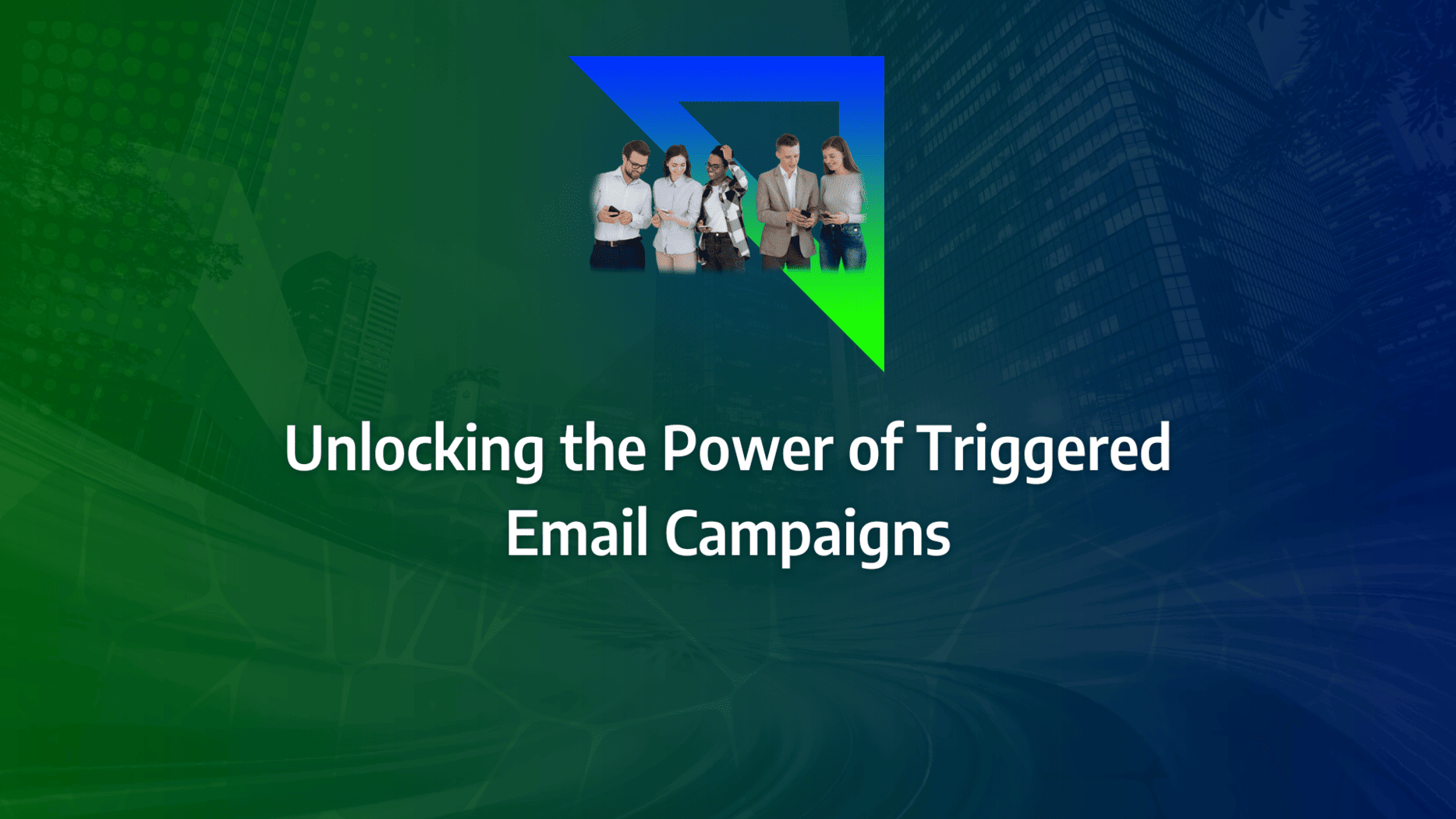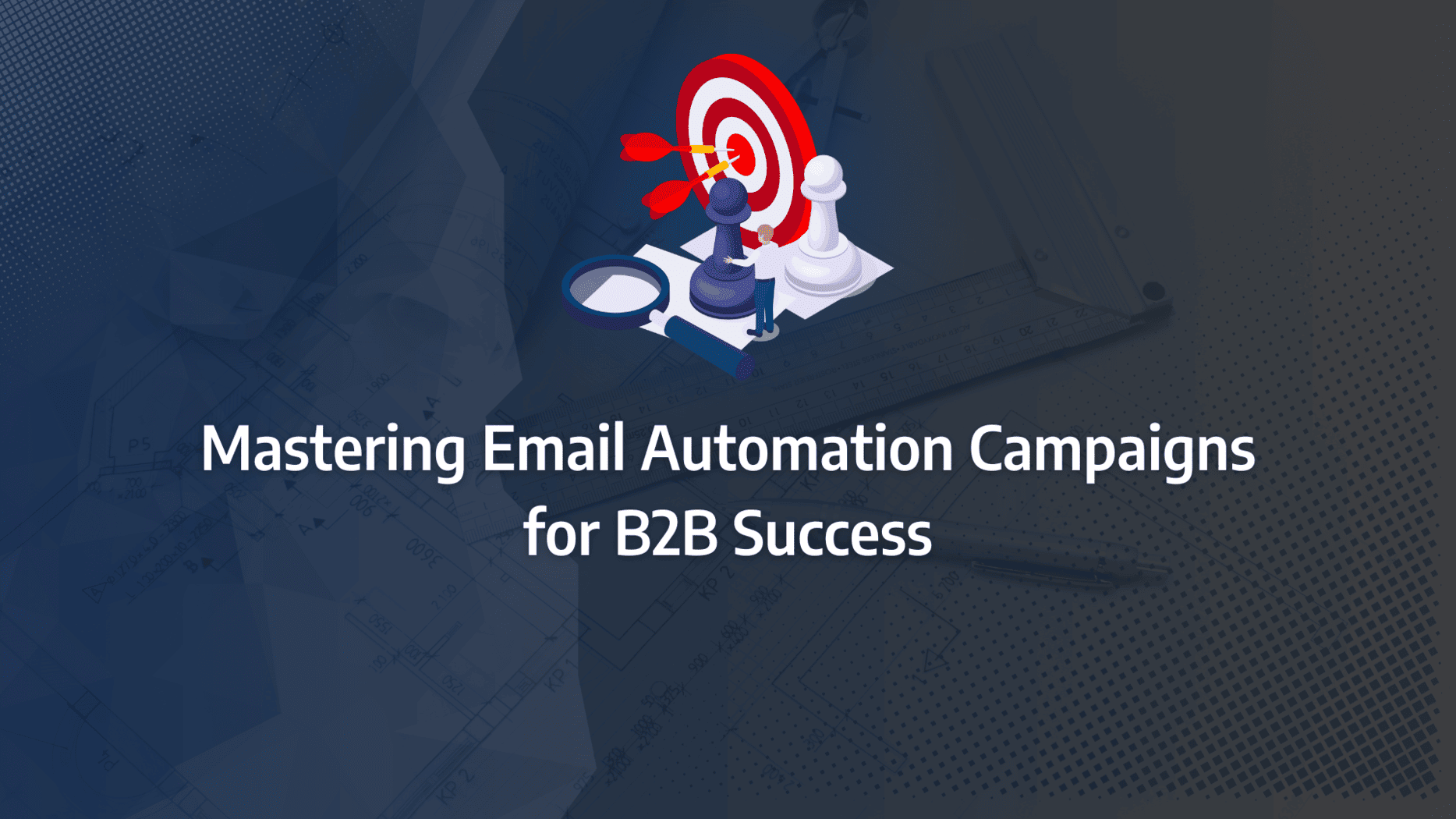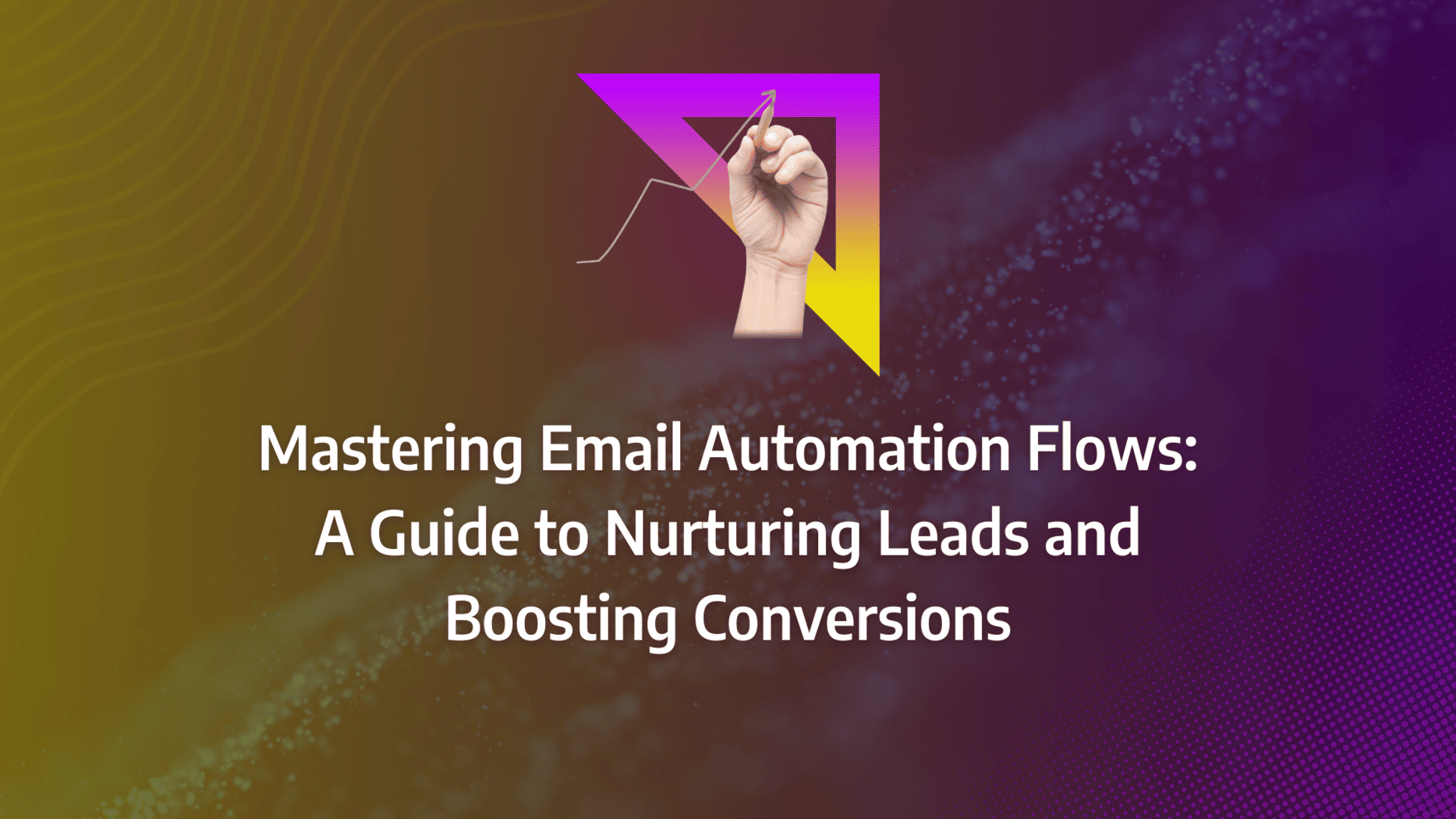Unlocking the potential of your email marketing strategy often hinges on one powerful tool—triggered email campaigns. These automated, behaviour-based messages boast significantly higher open and click-through rates compared to traditional email blasts. But how do you leverage this tool effectively?
In this guide, we’ll explore the types of triggered emails, best practices for their implementation, and the technology that can help you maximise their impact. You’ll discover actionable insights to enhance your email strategy and drive greater engagement with your audience.
- Understanding Triggered Emails: Triggered emails are automated messages sent in response to specific customer actions, such as cart abandonment or sign-ups, and are crucial for driving higher engagement.
- Types of Triggered Campaigns: Effective triggered campaigns include welcome emails, cart abandonment emails, and re-engagement emails, each serving a distinct purpose in nurturing customer relationships.
- Best Practices for Success: Personalise content, optimise timing, and ensure mobile responsiveness to maximise the effectiveness of your triggered email campaigns.
- Overcoming Common Challenges: Address challenges like data accuracy and timing by integrating advanced CRM systems and data analytics to refine your triggered campaigns continuously.
- Automation and Scalability: Use automation to manage large-scale email campaigns efficiently, maintaining a personalised approach while reaching a broader audience.
- Continuous Optimisation: Regularly test different campaign variables and analyse customer feedback to refine your triggered email strategies for ongoing improvement.
What Is Triggered Email Marketing and Why Is It Important?
Triggered email marketing involves the use of automated emails that are sent to customers in response to specific actions or behavioural patterns they exhibit. These triggered email campaigns play a vital role in demonstrating that the company they’ve subscribed to is reliable and attentive. The automation behind these emails ensures timely communication, which is critical in today’s fast-paced digital landscape.
Triggered emails serve several key purposes:
- Build trust: Triggered emails create a dialogue between the brand and the customer. When a user takes an action, the brand responds with a relevant email, fostering ongoing communication and deeper customer relationships.
- Meet customer expectations: As digital marketing evolves, customers expect that every significant action they take—such as placing an order, booking a service, or subscribing to a newsletter—will be met with a prompt email confirmation. These types of triggered emails guide customers through the sales funnel and tend to achieve significantly higher open rates compared to standard promotional emails.
- Provide clear information: Triggered emails are an excellent means of keeping customers informed throughout their purchasing or subscription journey. For example, when someone buys a pair of trainers from an online retailer, they receive an email confirming the successful payment and a link to track the shipment.
- Boost customer retention: It’s far more cost-effective to maintain engagement with existing customers than to acquire new ones. Triggered email campaigns, such as reactivation emails, play a crucial role in re-engaging dormant customers and encouraging repeat business.
The Difference Between Triggered (Transactional) Emails and Marketing Emails
While triggered emails encompass a variety of types, it’s essential to distinguish between transactional emails and marketing emails.
- Transactional emails contain information that is unique to each recipient, typically triggered by an action taken on a website or app. These could be password reset requests or monthly account statements. Their purpose is to maintain or extend the existing customer relationship.
- Marketing emails, often referred to as commercial emails, are designed to prompt action, such as making a purchase or downloading content. These emails are delivered at strategic, pre-determined times to lists of opted-in subscribers.
The primary distinction is that transactional emails are sent on a one-to-one basis, often leading to much higher open rates, whereas marketing emails are dispatched on a one-to-many basis, targeting a broader audience.
What Matters Most?
From our experience, understanding the customer journey is fundamental to effective triggered email campaigns. Clients often find that by mapping out touchpoints, they can create emails that resonate on a personal level. Additionally, leveraging behavioural data typically enhances engagement by making messages feel timely and relevant. Clients also find that focusing on segmentation allows for targeted campaigns, ensuring that each message aligns with specific audience behaviours and attributes, ultimately leading to better outcomes.Get In Touch
What types of events can trigger an email campaign?
Triggered email campaigns are a highly effective way to engage with customers at various stages of their journey. By automating emails based on specific actions or dates, businesses can maintain a meaningful dialogue with their audience and drive higher engagement. Let’s explore some of the most impactful types of triggered emails and how they can be utilised to enhance customer retention and conversion.
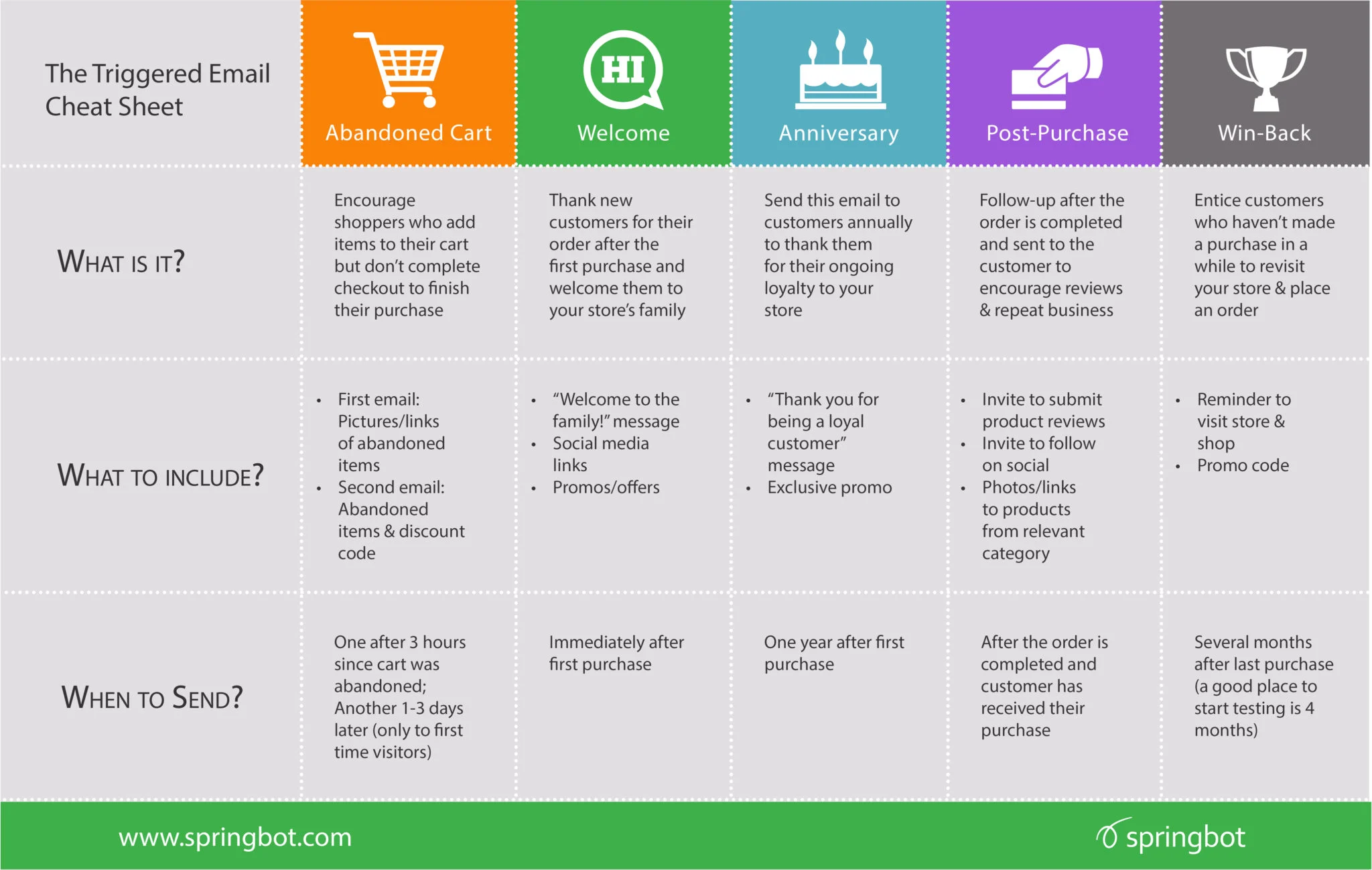
1. Reminder Emails
Reminder emails are designed to prompt action based on a specific date or time-sensitive event. These are invaluable for customer retention, as they keep the brand top-of-mind. Retailers frequently utilise two main types of reminder emails:
- Birthday/Anniversary Emails: These emails celebrate key milestones like birthdays or anniversaries—whether it’s the customer’s personal occasion or an anniversary with the brand, such as their first purchase. These emails create a sense of connection and loyalty by showing that the brand values important dates in the customer’s life.
- Replenishment Emails: Sent to customers who frequently reorder specific products, replenishment emails are vital for products that have a predictable usage cycle, like toiletries or prescription medications. For example, if a customer regularly buys running shoes, a replenishment email would remind them when it’s time to replace their old pair, driving repeat purchases.
2. Post-Purchase Emails
The customer journey doesn’t end once a purchase is made. Post-purchase emails ensure that the engagement continues, helping to build long-term loyalty and encouraging future sales. Here are several types of triggered emails used post-purchase:
- Purchase Confirmation: Immediately after a transaction, customers want assurance that their purchase was successful. A purchase confirmation email not only provides this but also stirs excitement about the product’s arrival, strengthening the emotional connection with the brand.
- Customer Service Survey: Metrics like open and click-through rates give insights into how emails perform, but direct feedback from customers is invaluable. Sending a survey via a post-purchase email allows businesses to gather data on customer satisfaction and improve their services accordingly.
- Product Review: Positive reviews are crucial for eCommerce success. Product review emails invite customers who have recently received their purchase to share their thoughts, providing valuable social proof for future buyers.
- Social Share: Social media plays a pivotal role in modern brand building. Encouraging customers to share a photo of their recent purchase on social platforms is an excellent way to boost visibility and engagement, while also making the customer feel part of the brand’s community.
- Next-Sell: After a customer makes a purchase, a next-sell email can suggest complementary items based on purchasing patterns. For example, if a customer buys a bike, a next-sell email might recommend a helmet or other accessories, tailored to their buying history and the behaviour of similar customers.
3. Recommendation Emails
Recommendation emails are designed to inspire customers by offering personalised product suggestions based on their browsing or purchasing habits. These campaigns are particularly effective at the later stages of the purchase funnel, encouraging customers to explore more of what the brand has to offer.
- Wishlist Emails: Many eCommerce platforms allow customers to save items to a wishlist. A wishlist abandonment email serves as a gentle nudge to remind customers of products they’ve shown interest in but haven’t yet purchased. This type of triggered email can convert hesitation into action, particularly if paired with an incentive, such as a limited-time discount.
- Cross-Sell Emails: Cross-sell emails suggest complementary items based on the customer’s recent browsing or purchasing activity. For example, if someone is shopping for a dress, a cross-sell email might suggest matching shoes or accessories. This helps increase the average order value while providing a more personalised shopping experience.
4. Abandonment Emails
Abandonment triggered email campaigns are an essential tool for re-engaging shoppers who have indicated interest but failed to complete their purchase. These behaviours can range from abandoning a full shopping cart at checkout to leaving the site after browsing a specific product category. Let’s break down the different types of triggered emails within the abandonment category:
- At-Risk Emails: These emails target customers who have historically made regular purchases but have not engaged with your brand for a defined period. This inactivity suggests they may be on the verge of abandoning your brand. At-risk triggered emails remind these customers of your presence and value, often with personalised offers to entice them back.
- Category Abandonment Emails: When a shopper explores a particular category, whether it’s summer dresses, toddler clothing, or floral patterns, but doesn’t proceed to purchase, a category abandonment email can be used to bring them back. These emails highlight the specific category they were interested in, potentially suggesting similar items they may have missed.
- Search Abandonment Emails: If a customer searches for a specific product or category, this signals strong intent. Search abandonment emails are triggered when the shopper leaves without making a purchase. These emails can remind them of their search, suggest related products, and provide a seamless route back to the site.
- Product Abandonment Emails: The more time a shopper spends researching a specific product, the higher their interest. Product abandonment emails (sometimes referred to as “window shopping” emails) are triggered when a customer leaves your site without completing their purchase. These emails showcase the exact products they viewed and can highlight similar items, new arrivals, or best sellers to rekindle their interest.
Source: Snov
5. Re-engagement Emails
Re-engagement triggered email campaigns are invaluable for reconnecting with customers who haven’t interacted with your brand for a significant period, typically between 3 months and a year. These emails serve as a gentle reminder of your brand’s offerings and aim to reignite their interest. Re-engagement emails can include information about new product launches, exclusive offers, or special discounts to encourage the recipient to revisit your site and make a purchase. Moreover, they offer a useful way to tidy up your mailing list by identifying inactive users or spam accounts and removing them from your database.
6. Recommendation Emails
With extensive product catalogues, customers can often feel overwhelmed by choice. Recommendation triggered email campaigns are a powerful solution to this challenge. By using data from the customer’s purchase history, wishlist, or items left in their shopping cart, these emails provide tailored suggestions. This personalisation not only steers customers towards products that match their preferences but also presents an opportunity for cross-selling or upselling, enhancing the customer experience and driving additional sales.
7. Win-back Emails
Casual shoppers, those who engage with a brand once and then disappear, can be challenging to re-engage. Win-back triggered email campaigns are designed specifically to target these customers. Personalised win-back emails thank the customer for their past purchase and often include a special offer or discount to encourage them to return. These emails also frequently feature surveys, inviting the customer to share why they haven’t returned, providing valuable insights for future marketing efforts.
Our Tactical Recommendations
Testing various triggers is essential for optimising triggered email campaigns. We often discover that experimentation allows for quick adjustments, ensuring maximum impact. Additionally, it is crucial to ensure that triggered emails are mobile-friendly, as a significant number of users access their messages on mobile devices. We frequently see improved engagement when we craft clear and compelling subject lines, which are vital for creating strong first impressions and boosting open rates.Get In Touch
Using Triggered Email Campaigns in Content Marketing Campaigns
Integrating triggered email campaigns into your broader content marketing strategy is a powerful way to drive engagement and ensure personalised, timely communication with your audience. These campaigns allow you to deliver the right message at the perfect moment, making your marketing efforts more efficient and effective. Below are seven steps to leverage types of triggered emails within any content campaign.
1. Understand Your Buyer Persona
A deep understanding of your buyer persona is critical in marketing automation, particularly when using triggered emails. Consider the lifecycle stages, pain points, and motivations of your target audience. By mapping out these details, you can create triggered email campaigns that guide your prospects and customers through their journey, providing value at every touchpoint.
Marketing automation aims to scale personalised experiences, and it’s proven that 80% of customers are more likely to purchase from brands that offer personalised interactions. This makes it essential to align your email triggers with your buyer persona’s unique needs and behaviours.
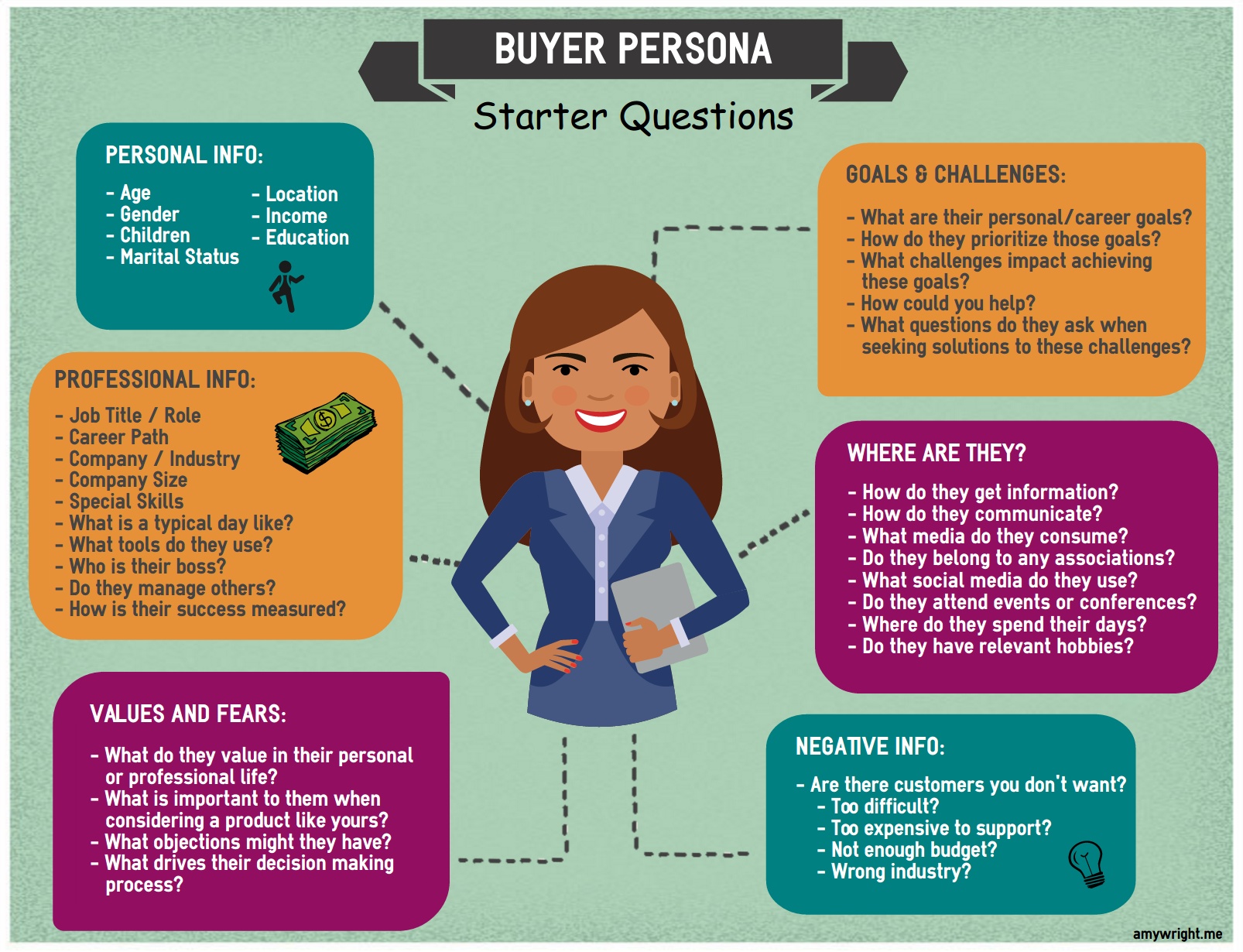
2. Think in Terms of ‘Ifs’ and ‘Thens’
When designing triggered email campaigns, it’s crucial to think in terms of simple, actionable steps. Automation software operates in a binary way – if one event occurs, then a corresponding action is taken. Reverse-engineering your email strategy using ‘if/then’ logic ensures clarity and precision in your campaigns.
For instance:
- If a prospect fills out a form, then send them a welcome email.
- If a prospect visits the pricing page, then notify a sales representative.
By clearly defining your ‘if’ criteria and corresponding ‘then’ actions, you can craft effective types of triggered emails that respond appropriately to user behaviour.
3. Identify Your Triggering Events
Identifying the events that will trigger your emails is essential for delivering relevant messages at the right time. In platforms like HubSpot, this is known as “enrolment criteria”. This is the moment the automation is activated based on a specific behaviour or data point.
Common triggering events include:
- Actions taken on your website (e.g., downloading a white paper)
- Meeting criteria in your CRM database (e.g., reaching a certain lead score)
- Responses to previous email campaigns
Understanding which actions should trigger which emails helps you create a seamless flow of communication with your audience.
Source: Campaign Monitor
4. Determine the Actions for Your System
Once you’ve identified the trigger, the next step is determining what action the system should take. This could include:
- Sending a follow-up email
- Enrolling a contact in a new email sequence
- Categorising the contact within your database based on their behaviour
These actions ensure that each contact is being nurtured through the sales funnel with relevant and timely information, optimising their experience and moving them towards conversion.
5. Craft Personalised Messaging
Personalisation is key to the success of triggered email campaigns. Research shows that 80% of customers are more likely to engage when the experience feels tailored to them. When crafting your emails, think about where each contact is in their journey and how your messaging can provide the most value.
Ask yourself:
- What stage of the customer journey are they at?
- How can this email help move them closer to the next step?
Craft your messaging to resonate with their specific needs, making sure every email feels like a personalised, thoughtful communication rather than a generic blast.
6. Eliminate Repetitive Tasks
Marketing automation can significantly reduce the time spent on repetitive tasks. Start by identifying the most frequent tasks you perform – such as sending the same welcome email to every new subscriber – and automate them.
Automating these tasks allows you to focus on higher-value activities that require your expertise, while the system handles routine functions, ultimately boosting both productivity and campaign performance.
7. Maximise the Value of Your CRM
The effectiveness of your triggered email campaigns will largely depend on the quality of your CRM data. Poor data quality can hinder the success of your automation efforts. Therefore, it’s essential to keep your CRM clean and accurate. Use automation to regularly update contact details and segment your audience, but also schedule routine audits to maintain data integrity.
Consider:
- What data can you gather to enhance your campaigns?
- How can automation ensure the accuracy and timeliness of this data?
By ensuring that your CRM is up-to-date and well-maintained, your triggered email campaigns will perform at their best, delivering more personalised and effective content to your audience.
